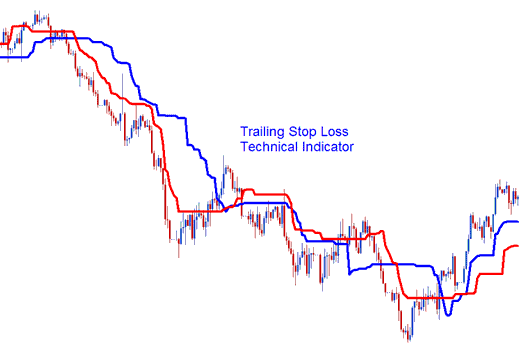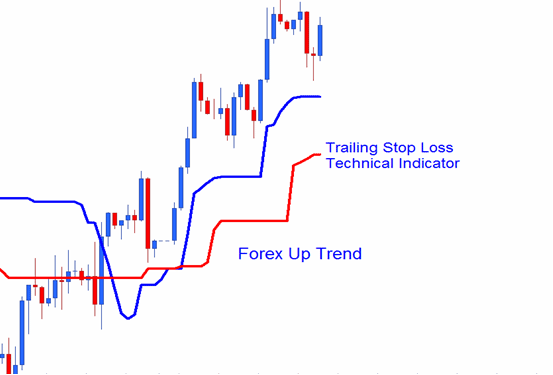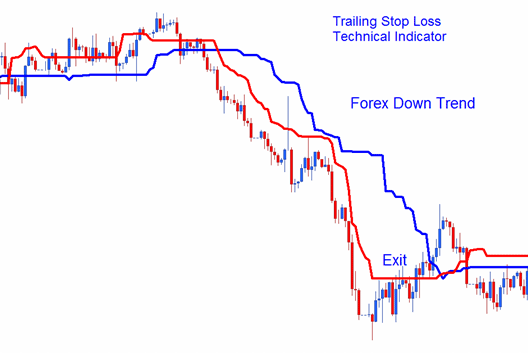Trailing Stop Loss Energies Trading Order Levels Energies Technical Analysis & Trailing Stop Loss Energies Trading Order Levels Trading Signals
Created by Tushar Chandes.
This is a volatility based technical indicator that is used to estimate levels to set stop loss levels. The distance at which it estimates the trailing stop level is determined based on market volatility.

The Levels of the two lines, these two lines represent:
- Long Stop Level - Blue Line
- Short Stop Level - Red Line
Long stop level line has much wider range in terms of where it trails stop loss as compared to short stop level that implements a tight stop loss.
This energies indicator is volatility based when it comes to trailing and following the price action. Trailing Stop Levels will trail the above the price in a downward market trend and trails below the price in an upwards trend.
Technical Analysis & How to Generate Trade Signals
These will be calculated using volatility to calculate where to draw the indicator - this is used to determine what levels to set stop losses.
Upward Trend
In an upwards energies trend these levels will follow below the price. The trader can use either the short stop level line to set up a tight stop or the long stop level to set a stop loss that is not very tight. As the price goes higher the trailing level also goes higher. An exit signal is generated when price crosses below these levels.

Energies Trading Uptrend
Downward Energies Trend
In a downwards energies trend the stop loss levels will trail above the price this two levels can be used to set these levels. As the price drops further these levels will continue to drop lower and follow the price lower. An exit signal is generated when price crosses above these levels.

Energies Trading Downtrend
When price starts to retrace these levels will not retrace but will remain at their levels, this will mean at some point the trade will be closed by the trailing stop loss.


